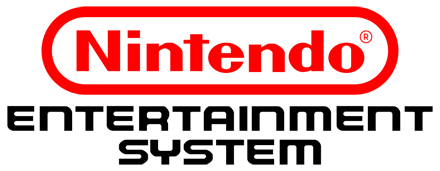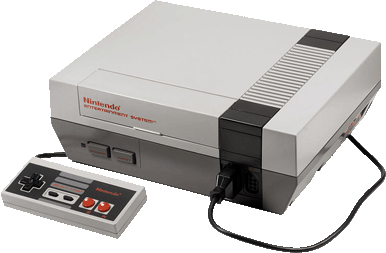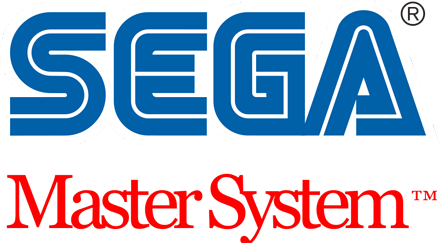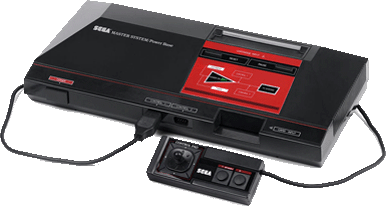

By 1983 the video game industry was set to crash. An overabundance of low quality games and no control over who made them led to millions of games not selling, causing console manufacturers like Coleco and Mattel to bail out of the industry all together. Atari switched its focus over to the burgeoning PC market, but a small, somewhat unknown company in Japan was about to change the gaming industry forever. Nintendo was founded in 1889 and up to this point in history was best known for selling playing cards. In the 1950s it had made a deal with Disney to sell children's cards all over the world, helping make it one of the leading makers of cards. As the electronic boom hit in the 60s and 70s, the president of Nintendo of Japan, Hiroshi Yamauchi, saw the potential of putting microprocessors in toys and electronic games. This led to the company creating a few arcade machines and opening up a U.S. division. Released in 1981, Nintendo's first megahit was Donkey Kong, a game where a big ape steals your girlfriend and you must successfully traverse to the top of the stage to rescue her. You controlled a little character in overalls named Jumpman. A year and a half later he would have a proper name, Mario, who would later go on to become more recognizable to kids around the world than Mickey Mouse.
While the video game industry crashed and burned in the U.S. during 1983 to 1984, Nintendo had released its first home console with interchangeable cartridges in Japan called the Family Computer (Famicom for short). In its first year the system sold 250,000 units. By 1985 they had sold over 10 million. Nintendo desperately wanted to sell its system in America, but they lacked a distribution system and didn't really know how to sell it in the U.S. They approached Atari to give them licensing rights to the system since they obviously had experience in this area. Atari tentatively agreed to the deal in 1984, but after seeing Donkey Kong running on a competitor's machine they felt Nintendo had betrayed them and cancelled the contract. In hindsight, this was probably the best thing that could have happened to Nintendo. They believed in their product so much that they decided to release it themselves, with the marketing help from Worlds of Wonder (makers of the super popular Teddy Ruxpin at the time).
In the fall of 1985 Nintendo released its first home console in New York and Los Angeles. Called the Nintendo Entertainment System (NES), Nintendo initially had difficulties convincing retailers to carry their products. Many still had vivid memories of the crash a few years back and were reluctant to try again. Nintendo decided to offer the few retailers a deal they couldn't refuse: any product that didn't sell, Nintendo would take back and issue a full refund. In other words, the retailers had nothing to lose and everything to gain. After a successful holiday season, Nintendo quickly branched out and went national with the NES in 1986. Early games, like Super Mario Bros. and Duck Hunt helped the system sell, but it was games in the following year and a half that really demonstrated Nintendo's ingenuity and passion for creating games. Huge quests and worlds could be discovered with titles like The Legend of Zelda and Metroid.
The NES would go on to sell 62 million consoles worldwide, making it one of the most successful of all time. But, why was Nintendo so successful when others were not? There were several reasons, but one of the main ones was quality control. Nintendo was a stickler for releasing games only when they were ready. They had to look good, sound good, and play even better. They instituted a third party licensee program so Nintendo had to approve every game before it was released. They also imposed a limit on how many different titles could be released by each third party every year. This helped keep the market from being flooded with subpar games. By allowing companies to add chips to the cartridges themselves, big companies like Konami and Capcom were able to release games with ever-increasing graphic capabilities, allowing the NES to stay the dominant system on the market from 1985 until 1993, two years after the Super Nintendo had released.
Many adults today have fond memories of Nintendo. They ushered in an era of colorful games that had catchy tunes, long quests, and impeccable game play. Many of the classics still hold up today and are often re-released digitally on systems like the Wii for a whole new generation of gamers to enjoy.


Although Sega had beat Nintendo to the punch in Japan by releasing its first home console a few months earlier in 1983, the Sega Master System didn't arrive stateside until 1986, a year after Nintendo successfully launched its own 8-bit NES. Sega was well known for its arcade machines and some of the most popular ones, like Hang-On would eventually make their way to the Master System. Despite having a slightly better processor and graphics chip, the system never caught on in popularity in the U.S. It fared slightly better across the Atlantic in Europe, but total sales worldwide would only hit 10 million; a mere fraction of what Nintendo went on to sell. An over-reliance on inferior looking arcade ports put a major damper on sales, as did the lack of third party software. Sega had trouble courting developers over to the system, as the install base just wasn't as large as Nintendo's, which meant less profit was to be made.
By 1988 Nintendo had secured 83% of the video game market. Over the course of a few years Sega did manage to release some great games, like Phantasy Star, Wonder Boy, and Alex Kidd. Unfortunately their marketing was a mess and they left distribution up to Tonka, a company known for toy trucks not video games. It became clear very quickly that Sega's Master System would never put a dent in the behemoth that was Nintendo. Sega quickly went to work on a 16-bit super system that would hopefully garner better success. And succeed it did...
 2.
2. 
 4.
4. 
 6.
6. 
 8.
8. 
 10.
10. 
 2.
2. 
 4.
4. 
 6.
6. 